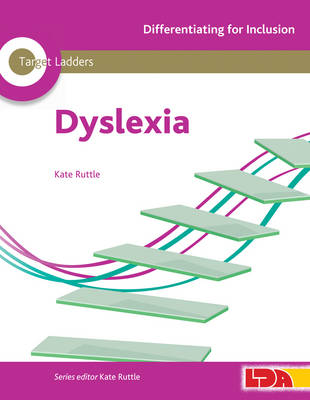Differentiating for Inclusion
2 total works
Every class includes a number of pupils whose learning needs are greater than, or different from, those of the rest of the class. All teachers should be able to identify targets to use as the baseline for intervention and to help those children to make appropriate progress in small steps so as to feel a sense of achievement. However, many teachers in mainstream primary schools don't know what the next 'target' should be. They know what the child can't do, but they often don't know how to express that as a target. This first title in a powerful new series of practical books will support SENCos and mainstream primary school teachers in thinking about what their SEN pupils can do and deciding on the next steps. It offers a system for setting and monitoring targets which can replace or complement IEPs. Suggestions for strategies and activities for achieving targets are included throughout. * Each book comes with a CD with photocopiable material, including targets pages and Records of Progress templates.
Target Ladders: Dyslexia addresses seven key aspects of dyslexia and other reading difficulties: Phonological awareness; Visual and auditory perception and memory; Phonics and spelling; Reading comprehension and fluency; Writing - handwriting, punctuation, sentences and text; Planning, organising and remembering; Self-confidence and motivation. Helpful checklists and practical advice for creating dyslexia-friendly classrooms make this an ideal practical resource for the busy primary teacher. ABOUT THE SERIES: The Differentiating for Inclusion series is designed to narrow the gap between children with SEN and their peers. Books in this series offer teachers helpful guidance in identifying both what children can already do and what specific targets they need support in achieving. The positive approach of structured small-steps targets, together with activities for teaching these, will ensure that children with SEN make accelerated progress. The books are all written by experienced practitioners.
Target Ladders: Dyslexia addresses seven key aspects of dyslexia and other reading difficulties: Phonological awareness; Visual and auditory perception and memory; Phonics and spelling; Reading comprehension and fluency; Writing - handwriting, punctuation, sentences and text; Planning, organising and remembering; Self-confidence and motivation. Helpful checklists and practical advice for creating dyslexia-friendly classrooms make this an ideal practical resource for the busy primary teacher. ABOUT THE SERIES: The Differentiating for Inclusion series is designed to narrow the gap between children with SEN and their peers. Books in this series offer teachers helpful guidance in identifying both what children can already do and what specific targets they need support in achieving. The positive approach of structured small-steps targets, together with activities for teaching these, will ensure that children with SEN make accelerated progress. The books are all written by experienced practitioners.

